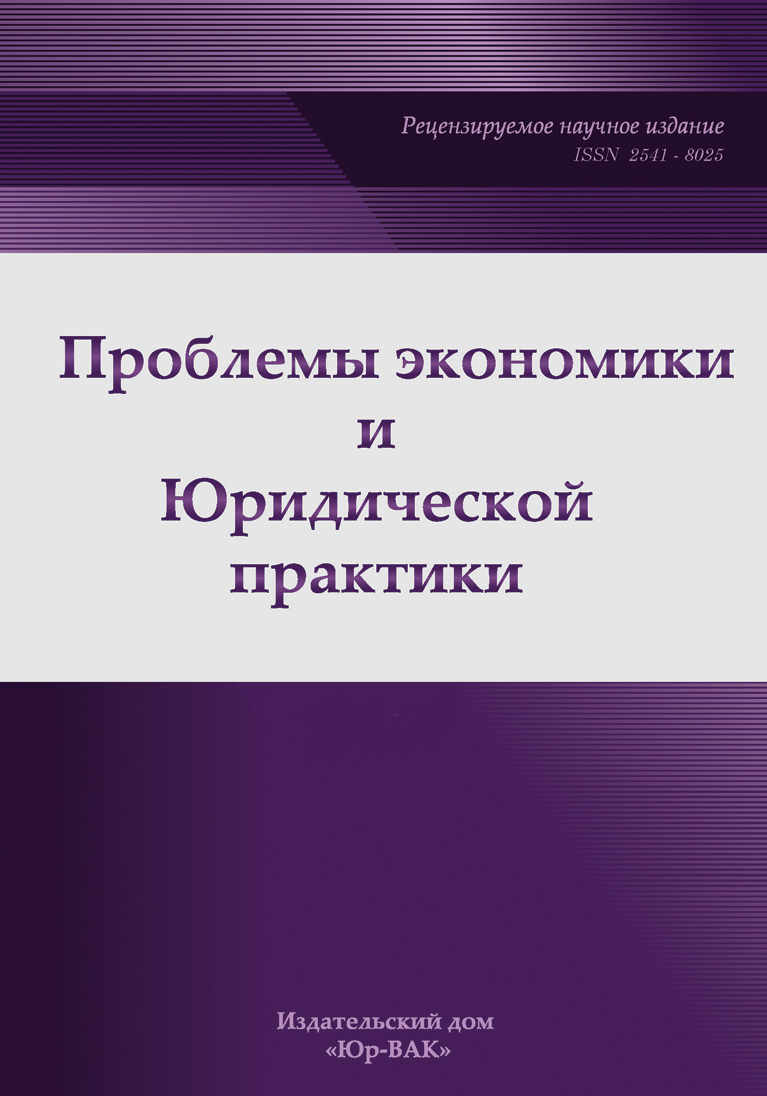Balance of Efficiency and Security: Improvement of China's Personal Information Exit Compliance Path
- Autores: Yanyan R.1, Siliu C.1
-
Afiliações:
- Shanghai University of Political Science and Law
- Edição: Volume 19, Nº 1 (2023)
- Páginas: 108-113
- Seção: Public Law (State and Legal Sciences)
- URL: https://journals.eco-vector.com/2541-8025/article/view/568201
- DOI: https://doi.org/10.33693/2541-8025-2023-19-1-108-113
- ID: 568201
Citar
Texto integral
Resumo
The cross-border flow of personal information is the inevitable requirement of the development of Internet technology and global data exchange. Today, cross-border data flows are an important component of international trade and an element of digital service models. However, they are impeded by restrictions on cross-border personal data transfers and data localization legislation (W. Gregory Voss, 2020). At present, China's personal information exit compliance path mainly includes security assessment, standard contract, and professional certification and so on. These compliance paths correspond to different exit situations of personal information, which not only reflect the will of the state supervision, but also guarantee the autonomy of the personal information processor in managing the exit business activities, it plays an important role in promoting the orderly flow of personal information in accordance with the law, but there are still some problems, such as unclear applicable standards, lack of connection with international rules and insufficient autonomy of industry supervision, etc., the system design is biased towards the needs of national security and public interest, neglecting the efficiency improvement of cross-border flow of personal information. Therefore, this article will take the personal information exit facing the risk and the supervision necessity as the breakthrough point, through the analysis related to China's personal information exit regulation legal provisions and normative documents, from the perspective of efficiency and security, this paper evaluates the three compliance paths of personal information exit, and puts forward some suggestions on how to improve the balance between efficiency and security of China's compliance path of personal information exit.
Texto integral
Sobre autores
Ren Yanyan
Shanghai University of Political Science and Law
Autor responsável pela correspondência
Email: renyanyan@shupl.edu.cn
ORCID ID: 0000-0003-0953-7560
lecturer
República Popular da China, ShanghaiCai Siliu
Shanghai University of Political Science and Law
Email: csl896552351@126.com
ORCID ID: 0000-0002-2546-4309
Postgraduate
República Popular da China, ShanghaiBibliografia
- W. Gregory Voss (2020). «Cross-Border Data Flows, the GDPR, and Data Governance». Washington International Law Journal, vol. 29, No. 3, pp. 485–532.
- Peng Chun (2022). Regulation of Cross-border flow of personal Information Processed by Public Authorities. Journal of the East China University of Politics & Law. No.5. pp. 32–49.
- Liu Xinyu, ed (2021). Data Protection: Compliance Guidelines and Rule Analysis, China Legal Publishing House. 2-nd edition. P. 299.
- Ni Jianlin, Wu Anqi (2022). China's Personal Information Exit Compliance Path-security Assessment, Standard Contract and Certification. Available at: https://mp.weixin.qq.com/s/VPmMGYasDnjN2lWY7qBfDA.
- Zhang Yixin, Xing Xiao, Zhang Jinping (2022). Remarks on the Newest Proposed Provisions on Trans-border Data Flow.Information Security and Communications Privacy.No.3. pp. 19–26.
- Yang Shaofei, Guo Yangqian (2022). On the Perfection of the Individual Consent System in the Personal Information Protection Law. Journal of Binzhou University, Vol.38, No.5. pp. 74–78. doi: 10.13486/j.cnki.1673-2618.2022.05.011.
- Shi Yuhang (2022). Can Individual Consent Be Exempted from Processing Personal Information without Consent? Available at: https://mp.weixin.qq.com/s/JC5j7-HfxnS3bbXr2z22mA.
- Zhao Jingwu (2022). The Foundation for the Construction and Regulatory Transformation of Standardized Contracts in Cross-border Data Transmission, Science of Law (Journal of Northwest University of Political Science and Law), No.2. pp. 148–161.
- Lin Shengda, Zhang Yao (2022). Comparative Interpretation of China-EU Data Exit Standard Contract and SCCs (II).Available at:https://mp.weixin.qq.com/s/ovD-rtVD8A-1fd8rbX665w.
- Zhang Zhengyi (2022). Cross-Border Data Flow Regulation Orientation from the Perspectiveof Data Value Chain and Response. Journal of Intelligence. No.7:77-83.
- Yang Heqing, ed (2022). Interpretation of the Personal Information Protection Law of the People's Republic of China, Law Press. P.115
- Chen Pei, Wang Xiaodong (2022). Do Individuals Have to Give Their Individual Consent for Personal Information to Leave the Country. Available at: https://mp.weixin.qq.com/s/XapLmMoz-VJ1utkNJ2hogQ.
- Zhao Haile (2021). The Construction of Self-regulation of Personal Information Protection under the Background of Digital Trade Talks. International Economics and Trade Research, No.12, pp. 101–112.
- He Yuan, ed (2020). Data Law, Peking University Press, 1st edition. P. 188.
- Zheng Weiwei (2020). Comparative Study on the Legal Regulation of a Cross-Border Flow of Personal Data and Its Inspiration to China. Frontiers of Law in China, vol. 15, No.3. pp. 280–312.
Arquivos suplementares









